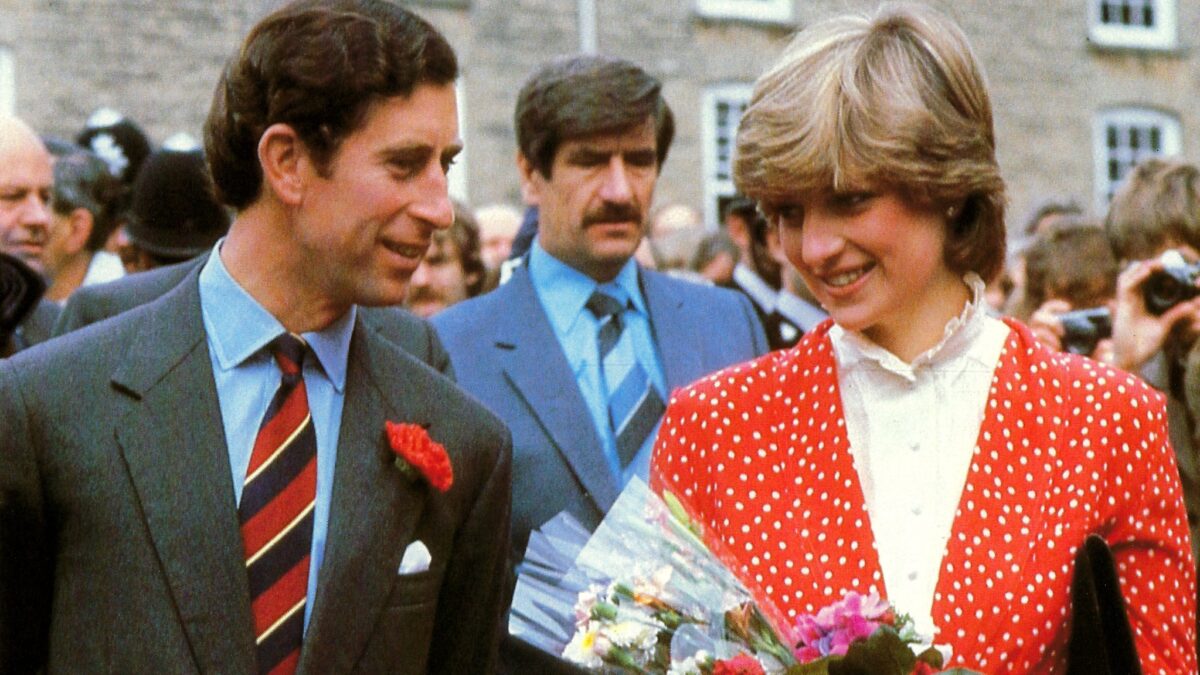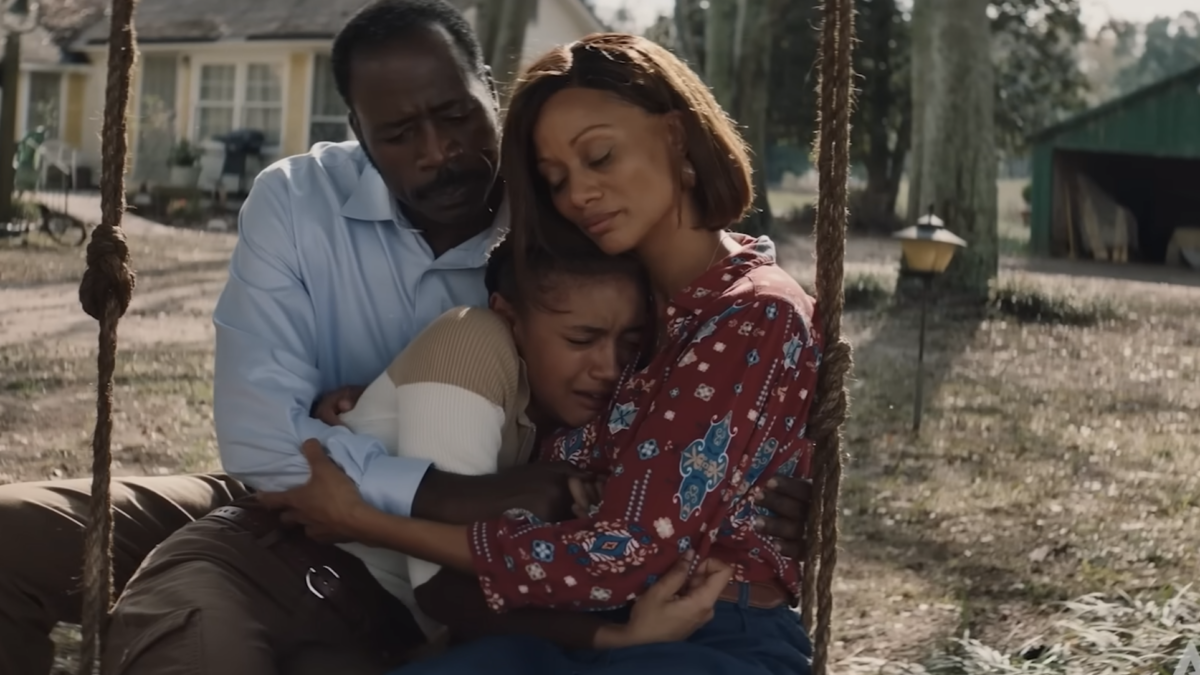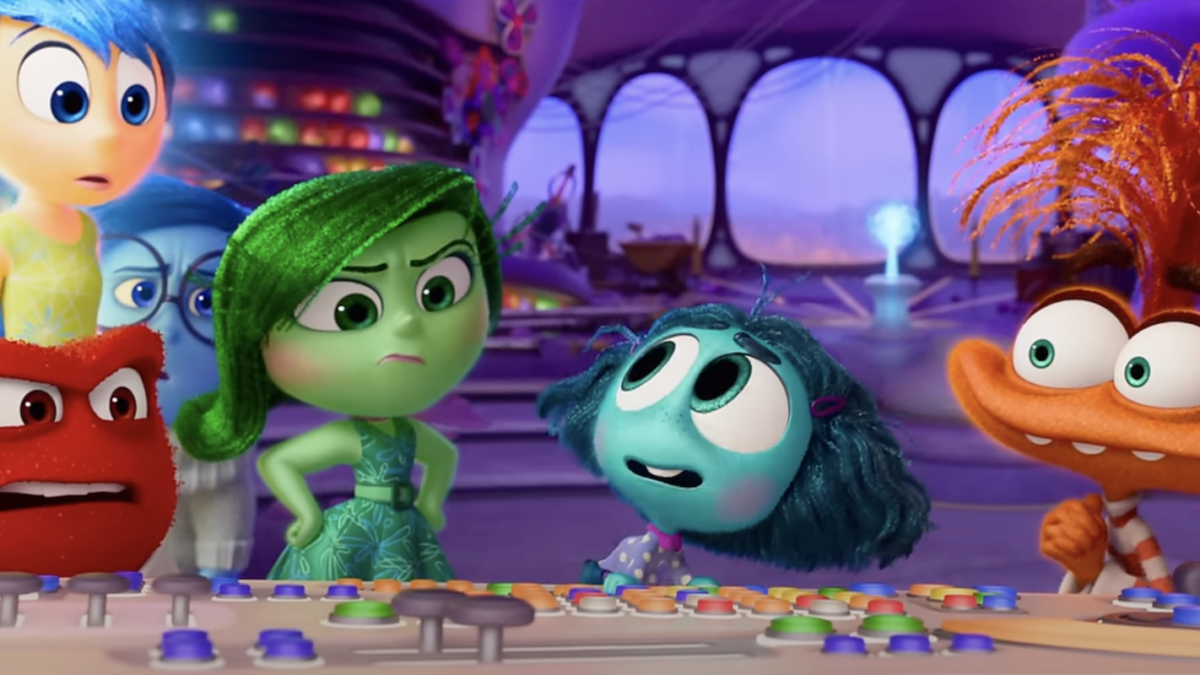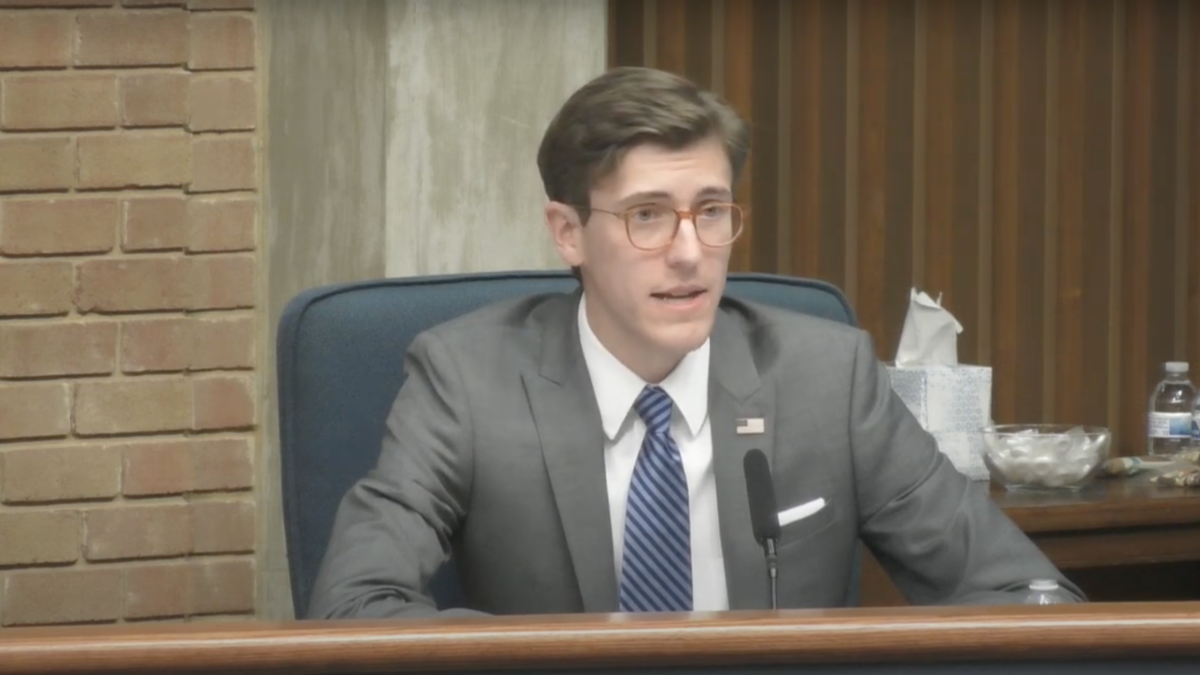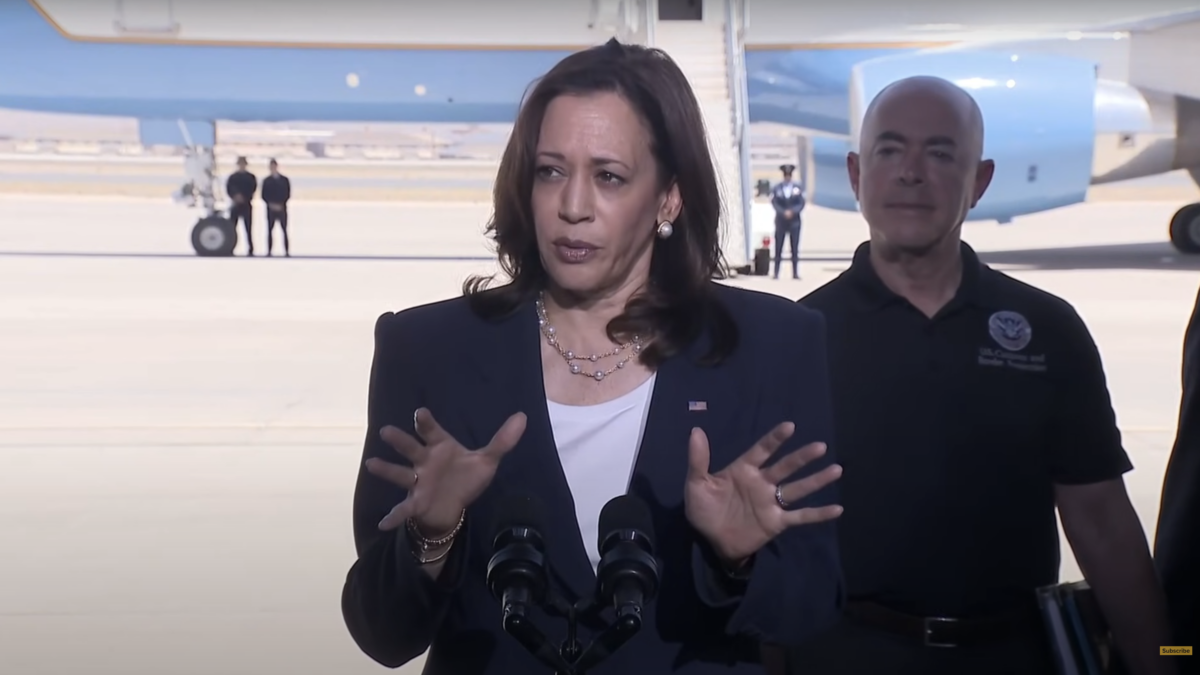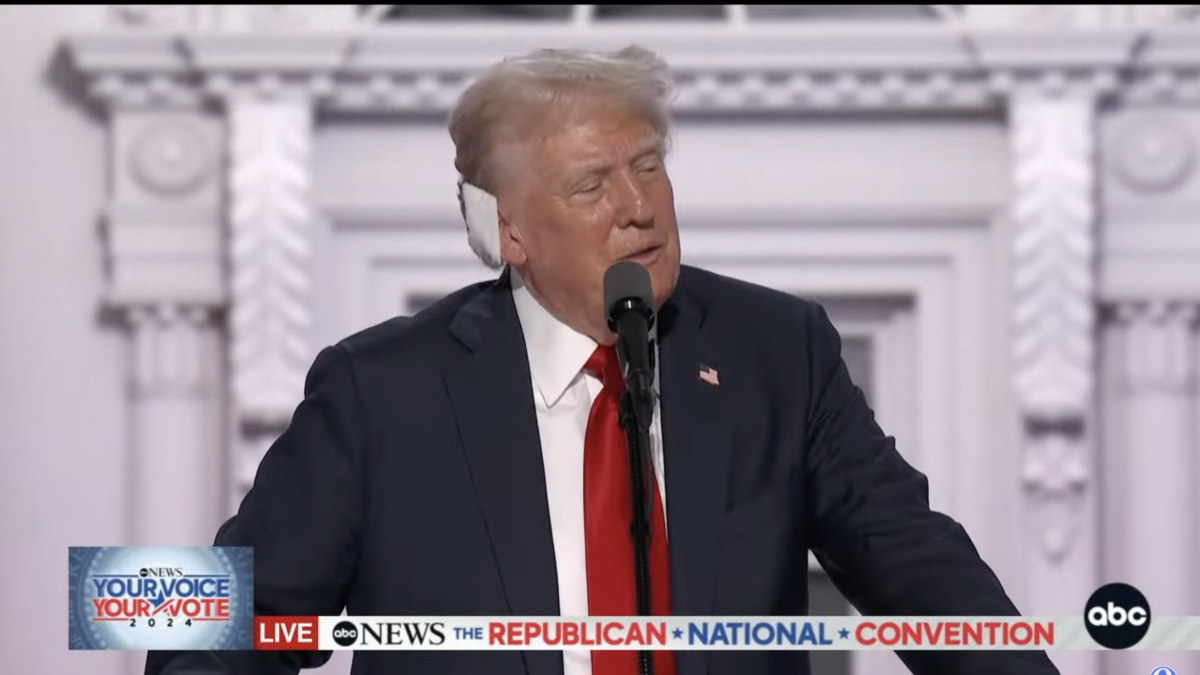Since her death in 1997, Lady Diana Spencer, the former princess of Wales has been portrayed in dozens of feature films and TV shows and it took the death of her former mother-in-law, Elizabeth II, 25 years later to displace her as the most beloved deceased member of the British Royal Family.
Or maybe not.
Unlike all other royal consorts, Diana — not by choice or design — eventually became more popular than the blood royal to which she was married. When picked by then Prince Charles (or more likely his family’s advisers) to be his bride, Diana was a shy and reserved elementary school assistant leery of the press who mercilessly swarmed around her for the remainder of her days.
As we soon find out in the recent HBO documentary “The Princess,” Diana was not chosen for her royal lineage, but rather because of the perception by the Windsors that she could be molded and coerced to play a supporting role to Charles and fulfill the need to produce an heir or two. That’s it.
It was also the first time in over 300 years that the heir to the throne would be married to a native Briton.
What separates director (and uncredited screenwriter) Ed Perkins’ film from all others about Diana (and mostly all other documentaries ever made) is that it doesn’t contain any narration. In addition, Perkins did not shoot any new footage for the film.
It is comprised of newsreels, interviews, stock footage, still photos, and — most importantly — previously unseen video, most culled from private collectors; home videos from those present at various events. We recognize the majority of these events but have never seen them from these particular perspectives.
While not as unique, Perkins has chosen to employ a non-linear, out-of-sequence narrative, and we know we’re in for something quite different with the opening sequence taking place on the evening of August 31, 1997, in Paris within sight of the Louvre Museum.
Shot from a moving car, we see three people enter a waiting Mercedes Benz, which is surrounded by press and throngs of onlookers, and then hear the screeching of tires as it makes a quick escape. Additional footage from that fateful August day is revisited late in the third act.
Although he put on his best face in public, it was clear via his stiff, disinterested body language and a near absence of physical contact with his betrothed that Charles was not a happy camper. He did not love Diana and considered her a mere means to an end.
Charles’ heart clearly belonged to (current queen consort) Camilla Parker Bowles, a divorced woman whom he never stopped communicating with and whose possible union with would never be approved of by his mother. Elizabeth had already witnessed this same disastrous scenario with her uncle, King Edward VIII, and American divorcee Wallis Simpson.
There are four instances in “The Princess” where Bowles is seen at functions attended by Charles and Diana, lurking in the background as if stalking them. Some of the images are fleeting, some not, and are probably not available in other forms from any professional news outlet present at the time. These are prime examples of the “fly on the wall” perspectives seen throughout the film.
Further evidence of Charles’ detachment is revealed during and shortly after the birth of his two sons. Rather than stay by his wife’s side after delivering Prince William, he celebrates by going hunting. The day Prince Harry was born, he played polo. The level of aloof hubris this guy exhibited is staggering.
Charles finally got a clue that he was just along for the ride in the eyes of the public during an international tour where he regularly received obligatory applause while Diana was ecstatically received like a rock star.
As a “solo” act, Diana toured the U.S. and gained immense media attention for visiting a hospital in Harlem where she comforted children with AIDS, going as far as to hug some of them, something no other member of the royal family would even dare consider.
Perhaps the most telling passage in the movie is the inclusion of the now-famous interview Diana gave to Martin Bashir on November 20, 1995, explaining her side of the story regarding her impending separation from her husband.
Taped for an episode of the BBC show “Panorama,” the interview was watched by nearly 23 million U.K. viewers or over 39 percent of the country’s entire population. This was probably the point where the royals realized who was controlling the narrative, and it wasn’t them.
Many Anglophiles will certainly bristle and blanch at the idea of seeing their precious royal family portrayed in such an unfavorable and unflattering manner. Perhaps they should consider this first. “The Princess” is not yet another rehash in a series of “based on” film and TV productions where certain artistic liberties are taken and summarily dismissed (like the ongoing Netflix series “The Crown”) as “conjecture” or “twisting the truth.” Although many have and more still continue to try, one cannot change history.
With “The Princess,” Perkins has created something not to be so much “enjoyed” but rather experienced. It’s not entertainment as such; it’s educational information most of us already know but have never witnessed from this perspective. It’s all show and no tell.
For a decade or longer, the support of the monarchy has been waning, and the death of Elizabeth II is likely to give more British subjects reason to pause and consider what useful purpose it serves. A man who had “waited in the wings” longer than any other prince of Wales (70 years), Charles won’t do himself any favors by sticking his nose in politics as he’s indicated; something his mother staunchly avoided.
This is a guy who is used to getting his way and, from what’s been made public knowledge, the only time he was told no was the first time he entertained the idea of marrying Parker Bowles. He’s never hidden his desire and lust for the crown, but might soon discover that it is a tad heavier than he had expected.
His entire life has been filled with ceremony, pageantry, and grandiose exercises in pompous flummery. For the first time in his life, Charles is going to have to earn people’s respect and cease continuing to expect it as his birthright.
With “The Princess,” Perkins has done something few documentary filmmakers ever achieve: He’s created a work of art that is thoroughly lacking in bias. Far too many directors working within this genre (on both the left and the right), whether intentional or not, wedge their opinions into the narrative resulting not in enlightenment, but rather propaganda.
Perkins is a silent, non-judgmental observer here. He doesn’t have to add anything; he merely lets the ugly words, actions, and deeds of Charles speak for themselves.
